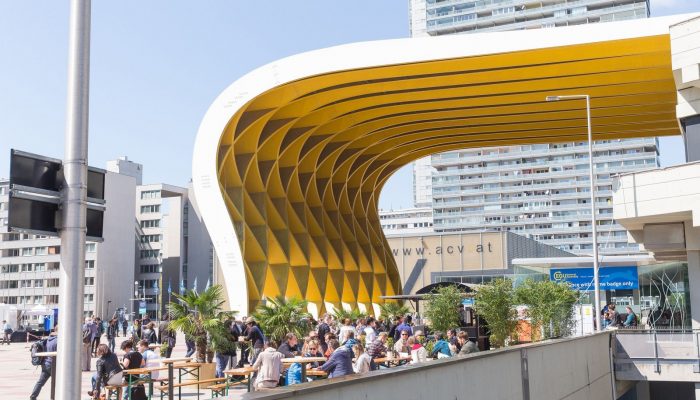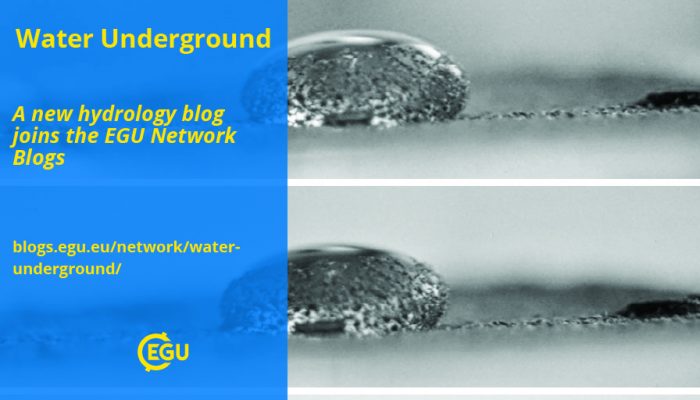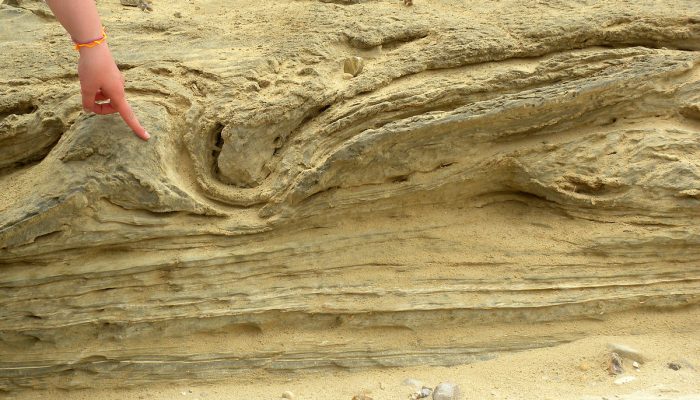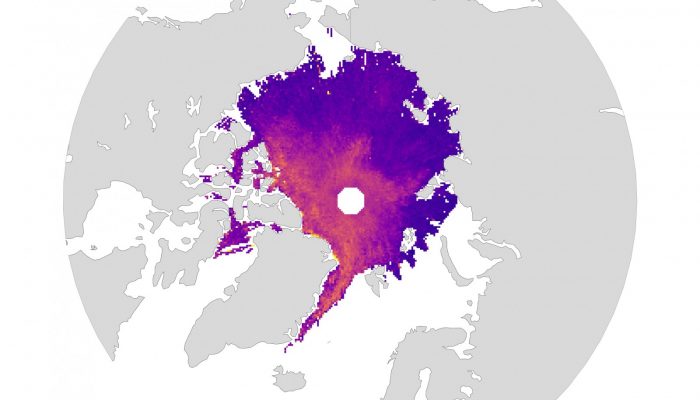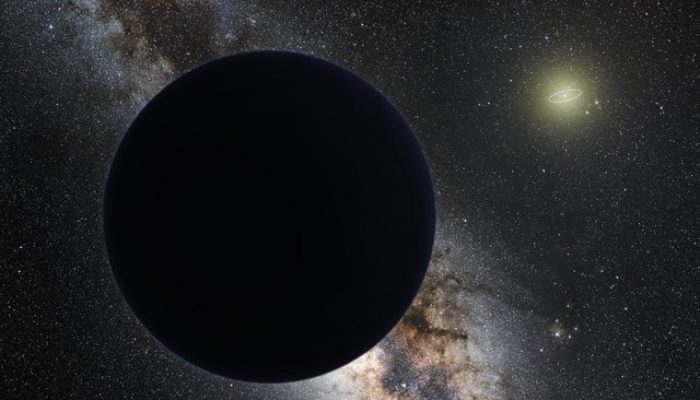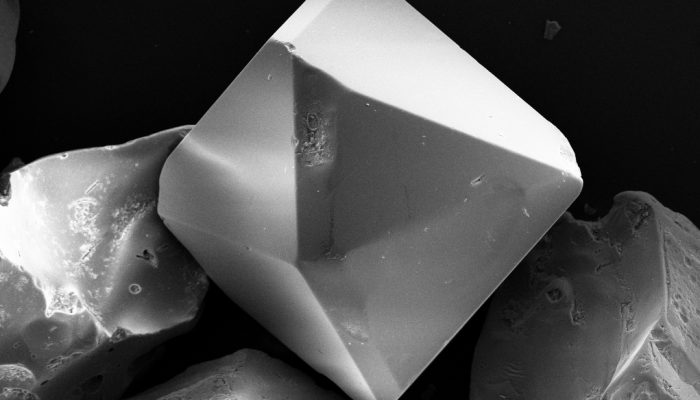From now, up until 11 January 2017, you can submit your abstract for the upcoming EGU General Assembly (EGU 2017). In addition to established scientists, PhD students and other early career researchers are welcome to submit abstracts to present their research at the conference. Further, the EGU encourages undergraduate and master students to submit abstracts on their dissertations or final-year pr ...[Read More]
If you didn't find what you was looking for try searching again.
Cryospheric Sciences
Sea Level “For Dummies”
Looking out over the sea on a quiet day with no wind, the word “flat” would certainly pop up in your mind to describe the sea surface. However, this serene view of a flat sea surface is far from accurate at the global scale. The apparent simplicity behind the concept of sea level hides more complex science that we hope to explain in a simple manner in today’s “For Dummies” post, which will g ...[Read More]
GeoLog
GeoPolicy: Living in a post-factual society and why it’s more important than ever for scientists to engage
Last week, the EGU Science Policy Fellow packed her bags and flew to Brussels. Now this wasn’t to sample some of the fine beers Belgium has to offer, but to attend the 2nd International Network on Government Science Advice (INGSA) Conference. This conference, co-organised by INGSA and the European Commission, aimed to discuss the major principles needed for effective science advice to governments, ...[Read More]
WaterUnderground
Water Underground has a new home on the EGU Network Blogs
The newest addition to the Network Blogs is a groundwater nerd blog written by a global collective of hydrogeologic researchers for water resource professionals, academics and anyone interested in groundwater, research, teaching and supervision. Water Underground was started, and is currently led, by Tom Gleeson. It is the first blog to be jointly hosted by the EGU Blogs and the AGU blogosphere. W ...[Read More]
Tectonics and Structural Geology
Features from the field: Soft Sediment Structures
Today’s topic in Features of the Field is the well-known soft-sediment deformation; one of the most common phenomena which develop during, or shortly after deposition. The sediments; for this reason, need to be “liquid-like” or unsolidified for the deformation to occur. The most common places for soft-sediment deformations to form are deep water basins with turbidity currents, rivers, ...[Read More]
Cryospheric Sciences
Image of the Week – The Polar Hole!
Have you ever stumbled upon a satellite picture showing observations of the Arctic or Antarctic? You often see a circle where there is no data around the exact location of the geographic pole – as you can see in our Image of the Week. A few days ago, I wanted to explain this to one of my friends and turned to my favourite search engine for help. My search turned up a tremendous amount of sto ...[Read More]
Seismology
Where and why does the chain break? Women in geoscience and letters of recommendation for postdoctoral fellowships
While women in geosciences are awarded 40% doctoral degrees, they hold less than 10% of full professorial positions. In looking for the cause of this disparity, the postdoctoral years have been identified as a crucial step, before and during which many women leave the Academia. A recent study by Dutt et al., published this month in Nature Geoscience, investigated biases in recommendation letters f ...[Read More]
Geomorphology
ESURF – Special Issue on 4-D reconstruction of earth surface processes
Special Issue in “Earth Surface Dynamics” (interactive, open-access and public peer reviewed journal): 4-D reconstruction of earth surface processes: multi-temporal and multi-spatial high resolution topography. The special issue aims to demonstrate the advantages of High Resolution Topography (HiRT) to measure and understand earth surface processes at multiple temporal scales and varyi ...[Read More]
Planetary and Solar System Sciences
From Neptune to Planet Nine: finding planets with pen and paper
In 1781, William Herschel discovers a faint uncatalogued point in his telescope. He first thinks he has discovered a comet, but the orbit of the new object seems more of a planetary nature. This will be confirmed by subsequent observations: the planet Uranus has been discovered! Many years later, in the early nineteenth century, questions remain: the calculated orbit of Uranus does not match the o ...[Read More]
GeoLog
Imaggeo on Mondays: recording the Earth’s magnetic field one grain at a time
The Earth’s magnetic field extends from the core of the planet, right out to space. It is an invisible, butterfly-like, shield which protects us against the harmful particles ejected by solar flares. In addition, it guards us from atmospheric erosion and water loss caused by solar wind. But how do scientists study the Earth’s magnetic field when it can’t be see? Much of what is known results from ...[Read More]

